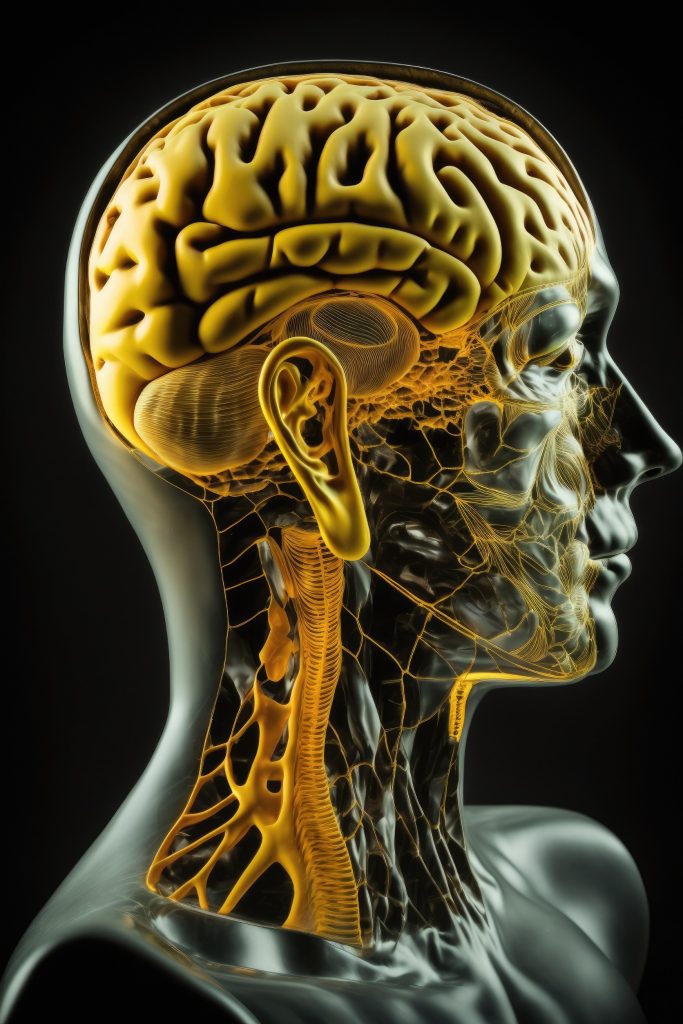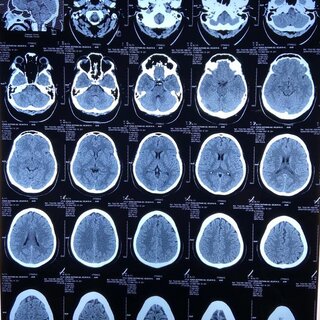Does Addiction Destroy the Brain?

“Advances in neuroscience research are rapidly unraveling the complexity of processes underlying addiction in general and of drug abuse in particular.” That’s a quotation from one of the most-often cited papers in the field of addiction, “Drug addiction, dysregulation of reward, and allostasis,” by G.F. Koob and M. Le Moal, published in 2000 (PDF here).
Koob and Le Moal postulate that “brain changes that occur during the development of addiction […] explain the persistent vulnerability to relapse long after drug-taking has ceased.” The repeated use of the drug results in neural degradation so the addict loses control over the drug.
The fact that the same neural degradation is reported over a variety of addictions would seem to indicate that it is not the substance causing the degradation but the emotional toll of not being able to refrain from self-destructive behavior. Koob and Le Moal describe the process of addiction as:
“Spiralling distress describes how, in some cases, the first self-regulation failure can lead to emotional distress, which sets up a cycle of repeated failures to self-regulate, and where each violation brings additional negative affect (Baumeister et al. 1994).”
It is the “emotional distress” that leads to the neural degradation and not the substances or behaviors involved. Koob and Le Moal include compulsive gambling in a list of addictions that demonstrate this pattern.
“Spiralling distress” is a good description of the displacement process described by Dr. Robert A. Pretlow, publisher of AddictionNews, in his recent paper, “A Unified Theory of Addiction.” The cycle which Koob and Le Moal describe – anticipation, indulgence and regret – is similar to Dr. Pretlow. “[O]verflow mental energy built up by the brain’s attempt either to deal with or to avoid the stressful situation” is displaced to the addictive act, resulting in a “vicious cycle” of deepening addiction.
Koob and Le Moal trace the effects of this cycle on neurobiology “as the process goes along (as coping, adjustment and successful adaptations fail), more and more neuroendocrine and neurobiological systems are recruited.”
“Ultimately, various peripheral and central pathological effects are hypothesized to ensue, such as an imbalance in noradrenergic systems which may enhance anxiety (Chrousos and Gold 1992), neural atrophy in the hippocampal CA3 region with cognitive consequences, and various endocrine and systemic disorders (e.g., elevated insulin, increased blood pressure, and so on).”
“Pathological effects are hypothesized” including anxiety, cognitive disorders, and endocrine disorders. While Koob and Le Moal’s work has been devoted mostly to drug addictions, they say, “A challenge for future research will be to understand whether such nondrug pathology [eating disorders, compulsive gambling] has the same neurochemical underpinnings as drug addiction.”
The authors also do not discuss whether or how this neural degradation can be repaired, although they do describe the use of neurotransmitters to blunt some of the negative impacts of addiction. We will look for research on repairing these neural pathways through behavioral changes.
Written by Steve O’Keefe. Published November 15, 2023.
Sources:
“Drug addiction, dysregulation of reward, and allostasis,” by G.F. Koob and M. Le Moal, 2000.
“A Unified Theory of Addiction,” by Robert A. Pretlow, 2023.
Image Copyright: nikocingaryuk





3 COMMENTS